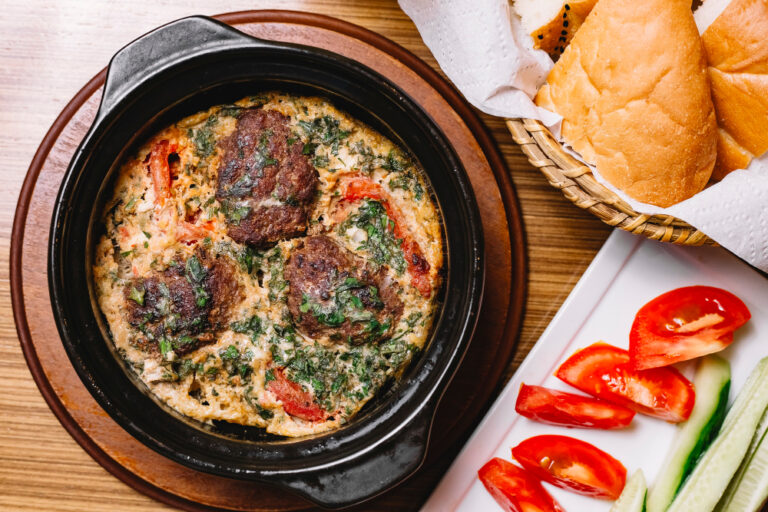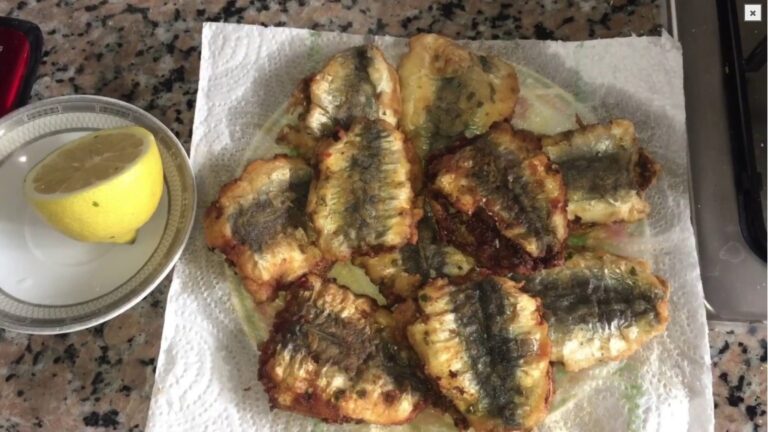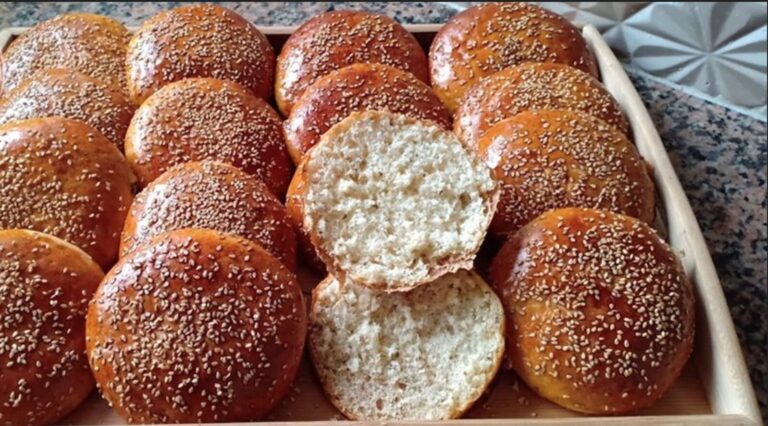
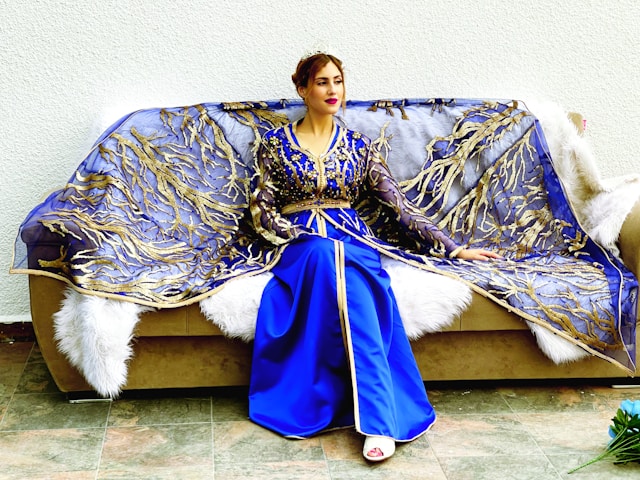
When you think of Morocco, images of colorful souks, ancient medinas, and aromatic spices often come to mind. But beyond food and architecture, Morocco traditional wear plays a vital role in shaping the country’s cultural identity. From the elegant caftan worn at weddings to the practical djellaba seen in everyday life, Moroccan clothing reflects centuries of heritage, artistry, and craftsmanship. In this article, we will explore the history, styles, and cultural significance of traditional Moroccan attire, as well as tips for travelers who wish to experience and even wear these garments themselves.
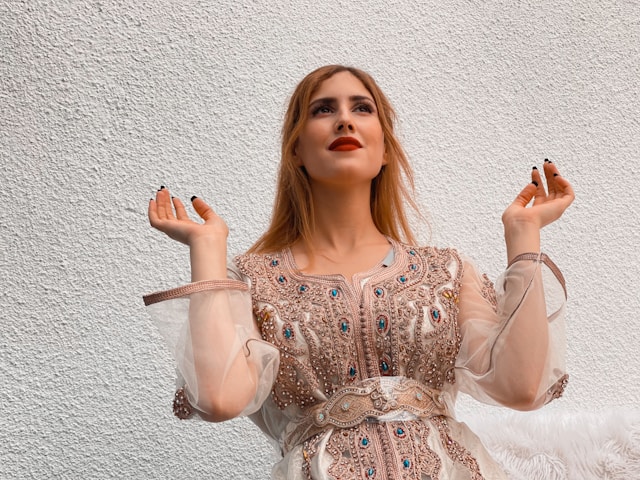
The Rich History of Morocco Traditional Wear
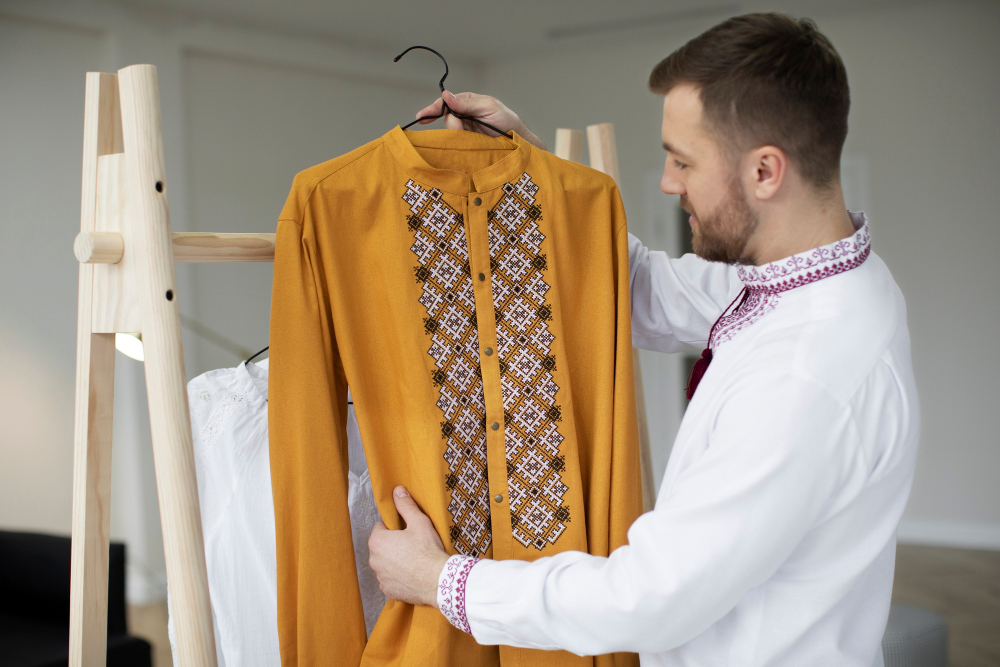
Morocco’s clothing styles are deeply rooted in history, blending influences from Berber, Arab, and Andalusian cultures. Over centuries, these traditions have merged to create garments that are both practical and artistic.
- The Djellaba: A long, loose-fitting robe with a hood, commonly worn by both men and women. Its versatility makes it ideal for Morocco’s diverse climate.
- The Caftan: A luxurious gown, often adorned with embroidery, sequins, or beads, typically reserved for special occasions such as weddings.
- The Takchita: A two-layered dress, usually more elaborate than the caftan, symbolizing elegance and refinement.
These garments not only showcase Morocco’s artistic skills but also reflect the wearer’s social status, region, and the occasion being celebrated.
Iconic Examples of Morocco Traditional Wear
The Djellaba – Everyday Elegance
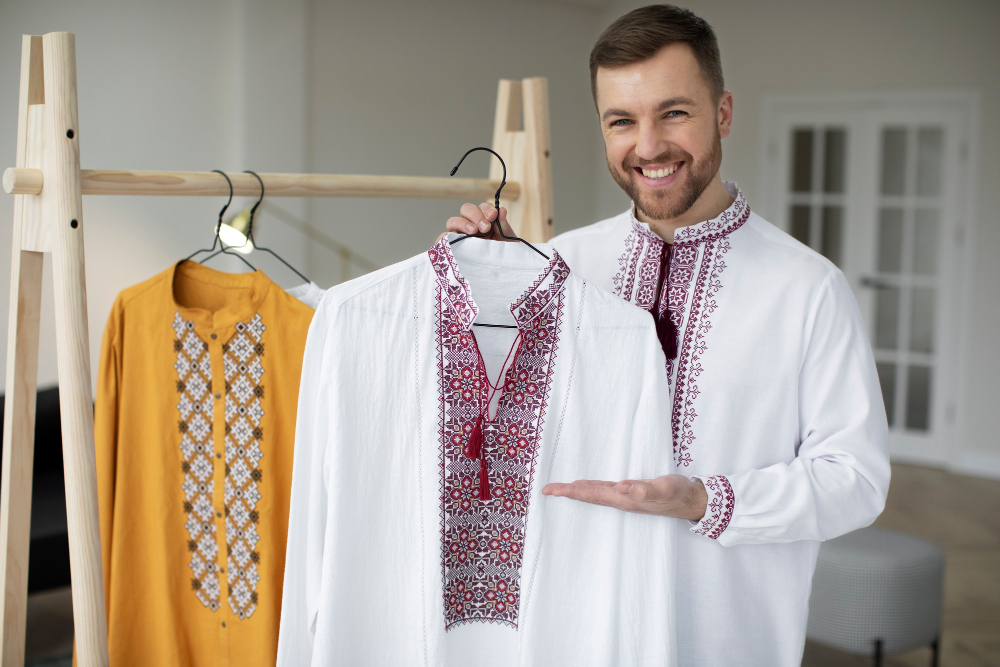
The djellaba remains one of the most common traditional outfits in Morocco. Available in different fabrics, from lightweight cotton to warm wool, it adapts to both the heat of Marrakech and the cold of the Atlas Mountains.
The Caftan – Morocco’s Royal Dress
The caftan is an icon of Moroccan fashion, popularized globally by fashion designers who drew inspiration from it. It is typically worn by brides and women attending festive occasions. Each region in Morocco has its own unique style of caftan, with specific embroidery and fabric choices.
The Gandoura – Simplicity and Comfort
The gandoura is a sleeveless tunic often worn by men during summer. Light and breathable, it reflects Morocco’s practicality in adapting clothing to climate.
Accessories – More than Just Details
Traditional Moroccan wear is often paired with accessories like belts, jewelry, and babouche slippers. In cities such as Marrakech and Fes, artisans still handcraft these items, continuing Morocco’s legacy of craftsmanship.
Experiencing Morocco Traditional Wear as a Traveler
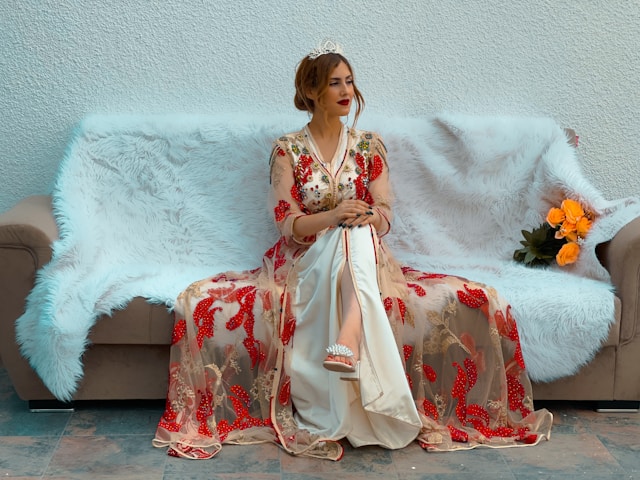
Many travelers visiting Morocco are intrigued by its clothing traditions. In fact, trying on traditional wear can be a memorable part of your journey.
- Shopping in Souks: Moroccan markets offer a variety of djellabas, caftans, and handmade accessories. Bargaining is part of the culture, so don’t be shy.
- Special Occasions: If you’re invited to a Moroccan wedding or festival, you’ll likely see guests dressed in colorful caftans and takchitas. Sometimes, locals may even encourage you to wear one.
- Tailored Clothing: In larger cities, tailors can create custom-made traditional outfits at reasonable prices, making for a truly unique souvenir.
Cultural Insights and Etiquette
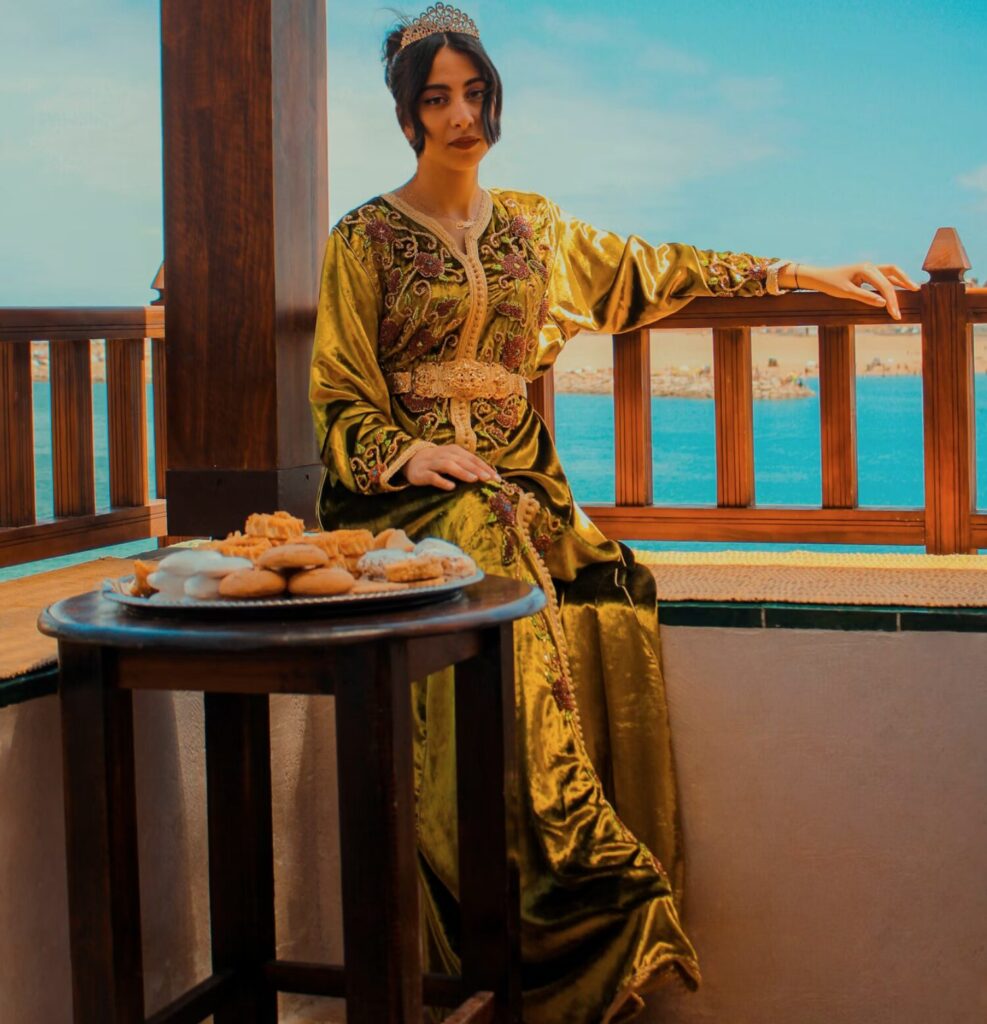
When wearing Morocco traditional wear, it’s important to respect the cultural significance behind it. While Moroccan society is diverse and welcoming, dressing modestly in public is always appreciated.
- Women Travelers: While not mandatory, many female tourists enjoy wearing a djellaba for comfort and cultural integration.
- Men Travelers: A gandoura or djellaba can be a great choice to blend in during festivals or local gatherings.
- Festive Events: Traditional clothing is often reserved for special occasions, but visitors can certainly participate if invited.
Traveler Stories – Embracing Moroccan Fashion

Sarah, a traveler from France, shared her experience of attending a wedding in Casablanca:
“I was given a takchita to wear, and it was one of the most beautiful dresses I had ever seen. The embroidery shimmered under the lights, and I felt completely immersed in Moroccan culture.”
Meanwhile, Ahmed, a visitor from Canada, recalled buying his first djellaba in Fes:
“It wasn’t just clothing – it felt like stepping into history. Locals smiled when I wore it, and it sparked many conversations.”
These real-world experiences highlight how Moroccan fashion connects people beyond borders.
Seasonal Insights – When to Wear What
Morocco’s climate varies from coastal breezes to desert heat and snowy mountain winters, making traditional wear both practical and stylish.
- Summer: Lightweight cotton djellabas and gandouras are perfect for warm days.
- Winter: Wool djellabas keep locals warm, especially in the Atlas Mountains.
- Festivals: Expect to see the most elaborate caftans and takchitas during Eid celebrations, weddings, and cultural festivals.
For travelers, choosing when and where to wear traditional outfits can enrich the overall Moroccan experience.
FAQ About Morocco Traditional Wear
What is the difference between a djellaba and a caftan?
A djellaba is a loose-fitting robe worn daily, while a caftan is an elegant gown typically worn by women during celebrations and formal events.
Can tourists wear Morocco traditional wear?
Yes! Tourists are welcome to try traditional clothing. It is often seen as a sign of respect and cultural curiosity.
Where can I buy authentic Moroccan clothing?
Authentic garments can be found in local souks, artisan workshops, and specialized boutiques in cities like Marrakech and Fes.
Is traditional Moroccan wear still common today?
Absolutely. While modern fashion is widespread, traditional clothing remains important for daily life, religious events, and cultural celebrations.
Are Moroccan garments expensive?
It depends on the quality. Hand-embroidered caftans can be costly, but everyday djellabas and gandouras are often affordable.
Conclusion – A Living Tradition
Moroccan traditional wear is not just about fabric and fashion – it is a story of identity, history, and artistry. Whether you’re exploring the winding streets of Marrakech, attending a wedding in Casablanca, or strolling through a Fes souk, you’ll encounter the beauty of Moroccan clothing everywhere.
For travelers, trying on a djellaba or caftan is more than a photo opportunity – it’s a chance to connect with Morocco’s timeless traditions. So, on your next trip, don’t just taste the food and visit the landmarks – immerse yourself in the style that has defined Morocco for centuries.

